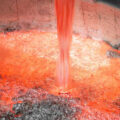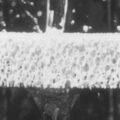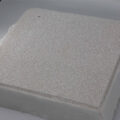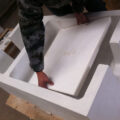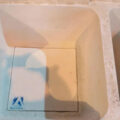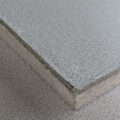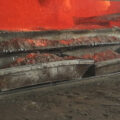Driven by the increase in the relative price of castings and the drop in the relative price of ceramic foam filters, liquid metal filtration technology has been rapidly promoted and popularized in the foundry industry, and has become a conventional process for producing high-quality clean castings.
Liquid metal filtration technology has special significance in casting production. The production cost of large aluminum castings is high and the production cycle is long. The appearance of an inclusion in some key parts may cause the entire casting to be scrapped. Moreover, most of the time the inclusions are only discovered during machining, which leads to compensation for the processing cost of the casting. Therefore, for large castings, it is hoped that the scrap caused by inclusions can be minimized, and filtration has become necessary. However, the filtration of large castings has more issues to consider when formulating a filtration plan than that of small and medium castings produced in large quantities. At present, many filter suppliers have proposed different solutions, but compared with the currently widely used small and medium casting filter solutions, some problems still need to be improved.
After the ceramic foam filter filters a certain amount of liquid metal, its filtration flow will gradually decrease until the final filter section is completely blocked by the filtered out inclusions. In fact, in order to ensure that the filtered liquid metal still has the filling capacity, the pouring should be stopped before the flow of the filter drops significantly.
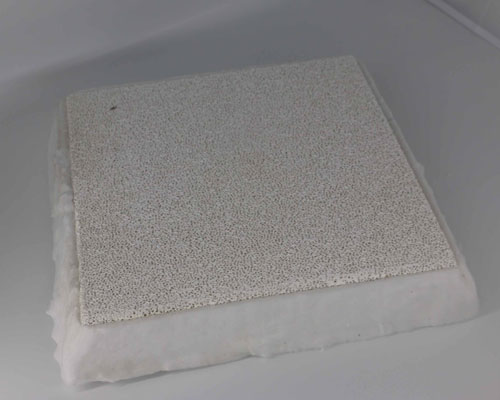
In other words, the amount of liquid metal that can be filtered per unit area of any filter is certain. Since large castings need to filter a large amount of liquid metal during pouring, the effective filtering area of the required filter (the total area of the filter excluding the area of the supporting part) is also large. Take the widely used 10PPI ceramic foam filter to filter 10 tons of ductile iron castings as an example: the effective area of the required filter will exceed 500,000 mm^2. Considering the supporting area of the filter, the total area of the filter is larger. Such a huge area of the filter will bring a series of problems to the filter manufacturing, the strength of the filter, and the placement of the filter.




